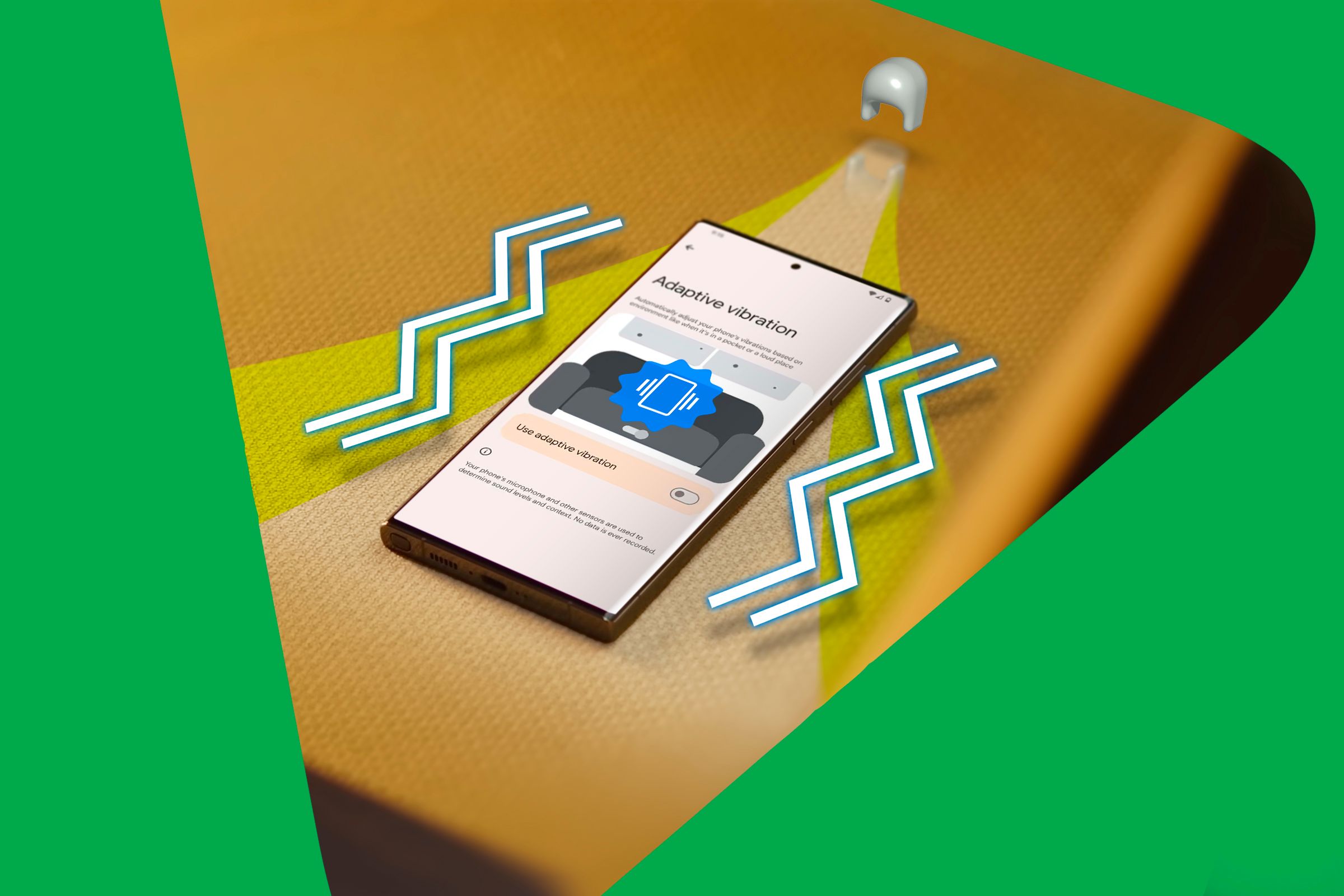Have you ever wished your phone would stop buzzing so aggressively with every notification? Android 15’s Adaptive Vibration might be the feature you’ve been waiting for.
What Is Adaptive Vibration?
Adaptive Vibration is a feature in Android 15 that automatically adjusts your phone’s vibration intensity based on your surroundings. It uses the phone’s microphone and sensors to detect noise levels around you, adjusting vibration strength accordingly. This way, your phone won’t buzz too loudly in calm places, and in noisier environments, it increases intensity, so notifications are easier to notice.
This feature is especially useful if you’re often switching between different environments and don’t want to adjust vibration settings manually. For those who enjoy a seamless experience, Adaptive Vibration is a hands-off way to keep your phone responsive to its surroundings.
How to Enable Adaptive Vibration in Android 15
Turning on Adaptive Vibration is simple. First, open the Settings app on your phone. Scroll down until you see the “Sound & vibration” option and tap on it. Inside the “Sound & vibration” menu, tap “Vibration & haptics” to open up more settings.
Tap on “Adaptive vibration” and toggle “Use adaptive vibration.”
With Adaptive Vibration enabled, your phone is ready to adjust its vibration levels based on your surroundings intelligently. Now, notifications will be noticeable without ever being intrusive or jarring.
When and Where Adaptive Vibration Can Be Useful
Adaptive Vibration has a practical use across various scenarios. Here’s a quick look at how it adjusts in different settings:
- In Quiet Settings (like an office or at home): Adaptive Vibration keeps the phone’s alerts subtle so they don’t disturb your concentration or draw unnecessary attention. It’s a discreet way to stay notified without bothering those around you.
- In Noisy Places (like public transport or at the gym): In busy or loud environments, Adaptive Vibration boosts the vibration strength, making notifications easier to feel even amidst background noise. It’s helpful if you don’t want to miss calls or messages in these settings.
- Late at Night or Early Morning: When your surroundings are particularly quiet, Adaptive Vibration lowers its intensity, so notifications don’t come as a sudden, intense jolt. This is ideal for night or early morning alerts when you prefer a softer nudge.
Why Adaptive Vibration Became My Go-To Feature
Personally, Adaptive Vibration quickly became my go-to setting. I used to either turn vibrations off completely or miss notifications because they were too subtle. Now, at work, I can rely on gentle vibrations without distraction, and when I’m out, it’s strong enough to grab my attention. It’s a small addition, but it really makes managing notifications easier.
Is Adaptive Vibration Available on All Devices?
Currently, Adaptive Vibration is available on Google Pixel devices, starting with the Pixel 7 series. Other Android devices might get this feature with future Android 15 updates, so check your device settings to see if it’s available.





